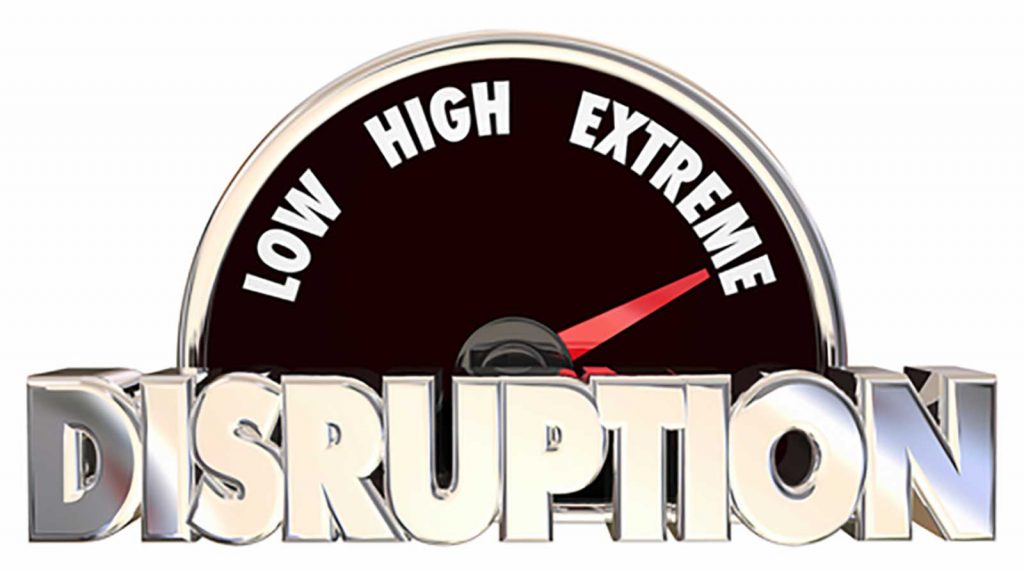In 2006, Dr. André Martin conducted research on a sample of 800 leaders and identified four global trends (Martin, 2011). The first two were ‘The Ground Truth of Globalization’ and ‘The Rise of Complex Challenges’. This article addresses the next two.
The third trend was The World of Interruption.
Martin states that 11 minutes is the average time spent on a task before an interruption, and 25 minutes as the average time it takes to return to the task. We live in a world of continuous partial attention.
In the 1940’s, a person’s intelligence (IQ) was a huge factor in determining a person’s job suitability. In the late 1990’s and early 2000’s, a person’s Emotional Quotient (EQ) became important. Today, a person’s Fluid Intelligence (FI) is considered to be increasingly important.
FI is not what you know, but how quickly you can access the information you need. It is the ability to overcome the two major obstacles of interruption and speed.
This has obvious implications for organizational leaders that want to be successful. Careful consideration must be given in setting up workplaces that suit different work styles and where specialized skills can cross-pollinate, and connect.
The fourth global trend was, Leadership for Longevity.
For the first time in 100 years, the next generation can see a decrease in their lifespan in comparison to their parents. In developed countries, 70-80 percent of health costs are attributable to lifestyle behaviors: poor diet, drinking too much, smoking, stress, and lack of exercise.
Health issues have a significant impact on organizations. Martin presents the following equation to identify the interrelationship between key factors:
Complexity + Interruption = Stress = Higher Health Risk = Lower Performance
If you don’t respond effectively to the world of interruption and speed, more than likely you will burn out.
What’s the bottom-line?
As Daniel Forrester states,
There’s an intangible and invisible marketplace within our lives today, where the products traded are four-fold: attention, distraction, data, and meaning. Yet we rarely step back to question the pace, personal impact, chaotic information flows, unpredictability, and a lack of meaning that swirl within our organizations (Forrester, 2011, pp. 4).
Below are some things to consider:
- Look for people who don’t feel insecure when others know more about something than they do. There is a need for leaders to adapt and collaborate like never before.
- Give yourself permission to pause, reflect and evaluate what could have been done better, rather than blaming someone for what went wrong. If you are working with others, incentivise them to do the same.
- Make health and fitness a priority in developing leaders, and ensure performance reviews include health and fitness goals.
References
Forrester, Daniel Patrick. (2011). Consider: Harnessing the Power of Reflective Thinking in Your Organization. New York, NY: Palgrave MacMillan.
Martin, André. (2011). “A New Map of Leadership: Global Trends Impacting Leaders and Leadership Development,” Center for Creative Leadership (CCL). http://www.ccl.org/leadership/community/mapWebinar.aspx (accessed April 16, 2011).




